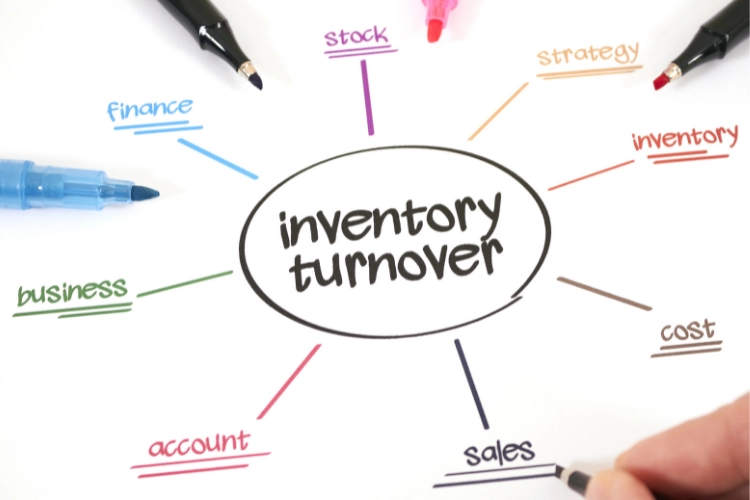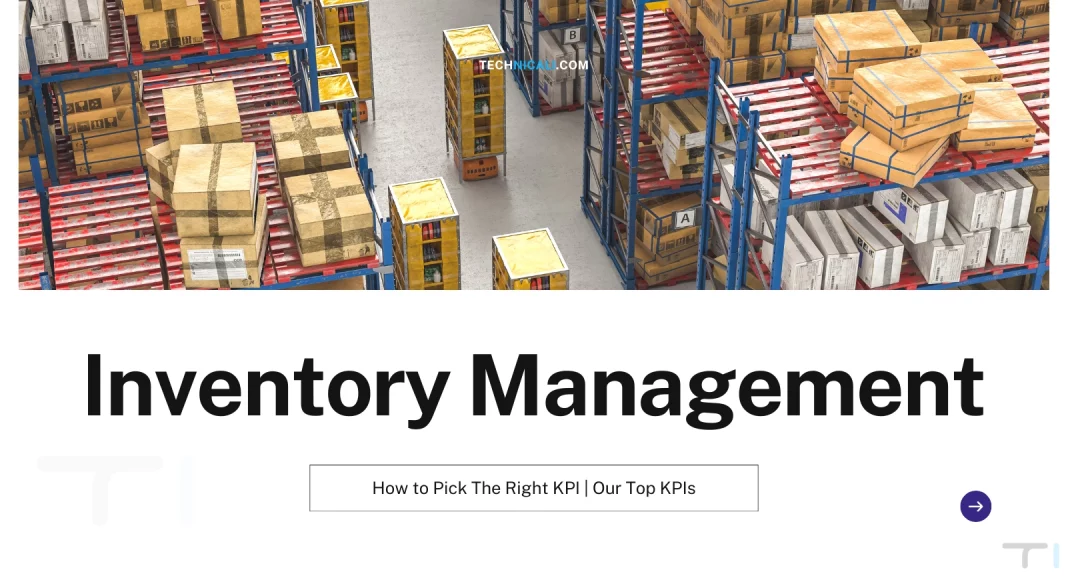You’re a business owner struggling to keep up with inventory demands. You’ve been trying to do it all by yourself, but it’s just been too hard.
But inventory management doesn’t have to be so difficult! In fact, by choosing the right inventory management KPIs, you could be on your way to success.
So which KPIs should you choose? Here are the top 3 inventory management KPIs that every business should use:
- Stock to Sales Ratio
- Inventory Turnover Rate/Ratio
- Back Order Rate
When it comes to inventory management, these aren’t the only KPIs but the essential ones.
In fact, Every business has different inventory KPIs that are important to them. You must choose the right KPIs for your business to effectively manage your inventory.
In this blog post, we will discuss choosing the right KPIs, the top 3 inventory KPIs and how they can help your business run more smoothly. We will also discuss why these particular KPIs are so important and how you can track them in your inventory management software. Let’s get started!
Contents
How should a business dealing with inventory decide which KPIs should be used?
There is no one-size-fits-all answer to this question, as the KPIs used by a business will vary depending on the specific needs and goals of its supply chain and inventory management process. However, some tips on how to choose Inventory Management KPIs include:
- Identify the specific goals of your business with regard to inventory management. For example, do you want to minimise stockouts, reduce inventory levels, or improve inventory turnover?
- Choose KPIs that are directly related to these goals. For example, suppose you want to reduce inventory levels. In that case, you might track the number of stockouts or the amount of inventory in stock.
- Consider your company’s stage of growth. A startup might focus on measures such as inventory turnover or days of inventory. At the same time, a more established company might track metrics such as gross margin or return on investment (ROI).
- Focus on a few key metrics rather than tracking a slew of data. This will help you to better understand and track your progress towards your goals.
- Set up Inventory Management Software with your Key KPIs.
Now that we’ve gone over how to choose the right KPIs let’s look at the top three inventory management KPIs that every business should use.
Stock-to-Sales Ratio:

The stock-to-sales ratio measures how much inventory a company has relative to its sales. This ratio can be used to assess whether a company has too much or too little inventory. A high stock-to-sales ratio might indicate that a company has too much inventory, which could tie up cash flow and lead to higher storage costs. On the other hand, a low stock-to-sales ratio might suggest that a company doesn’t have enough inventory on hand to meet actual customer demand, which could lead to lost sales.
Keeping a low stock-to-sales ratio can minimise the amount of cash tied up in inventory, reducing the company’s working capital needs. It can also help prevent stockouts, leading to lost sales and decreased customer satisfaction.
The formula for the stock-to-sales ratio is:
Stock-to-Sales Ratio = ($ Inventory Value / $ Sales)
Inventory Turnover Rate/Ratio:

The inventory turnover rate (or inventory turnover ratio) is a measure of how quickly inventory is moving through a company. A high inventory turnover rate indicates that inventory is selling quickly, while a low inventory turnover rate might suggest that inventory is sitting on shelves for too long. This metric can be used to assess whether a company has the right amount of inventory on hand.
The inventory turnover rate is an important metric in right inventory management because it indicates how efficiently a company is using its inventory; it’s a measure of how quickly inventory is moving through a company.
A high turnover rate means that the company is selling its inventory quickly and has the correct level of stock on hand. A low turnover rate might suggest that the company has too much(sitting on shelves) or too little inventory on hand, which can lead to lost sales and higher costs.
The benefits of a high inventory turnover rate include:
- Reduced costs due to less inventory sitting on shelves
- Increased sales due to having the right amount of stock on hand
- Improved customer service due to faster turnaround times
The formula for calculating the inventory turnover rate is:
($ Cost of Goods Sold) / (Average Inventory)
BackOrder Rate:

Inventory shortages can cause several problems for businesses, including missed sales, decreased customer satisfaction, and increased inventory costs. The backorder rate is a key metric that can help businesses measure and understand their inventory shortages. A high back order rate may suggest that a company doesn’t have enough inventory to meet customer demand, which can lead to lost sales and decreased customer satisfaction.
Reducing the back order rate can have a number of benefits for businesses, including:
- Increased sales due to being able to fill more orders
- Improved customer service due to faster turnaround times
- Reduced inventory costs due to less inventory sitting on shelves
To use this KPI, a company would need to track the number of back orders compared to the total number of orders. The backorder rate would then be calculated by dividing the number of back orders by the total number of orders and multiplying by 100%.
The formula for calculating the back order rate is:
(Total # of Undelivered/Delayed Backorders / Total # of orders placed) x 100
Conclusion
In conclusion, inventory KPIs are important measures that businesses can use to assess their inventory management. By tracking the right KPIs, businesses can make sure they have the right amount of inventory on hand, minimise inventory costs, and improve customer service. Do you track any other inventory KPIs in your business? Reply to the tweet below.


